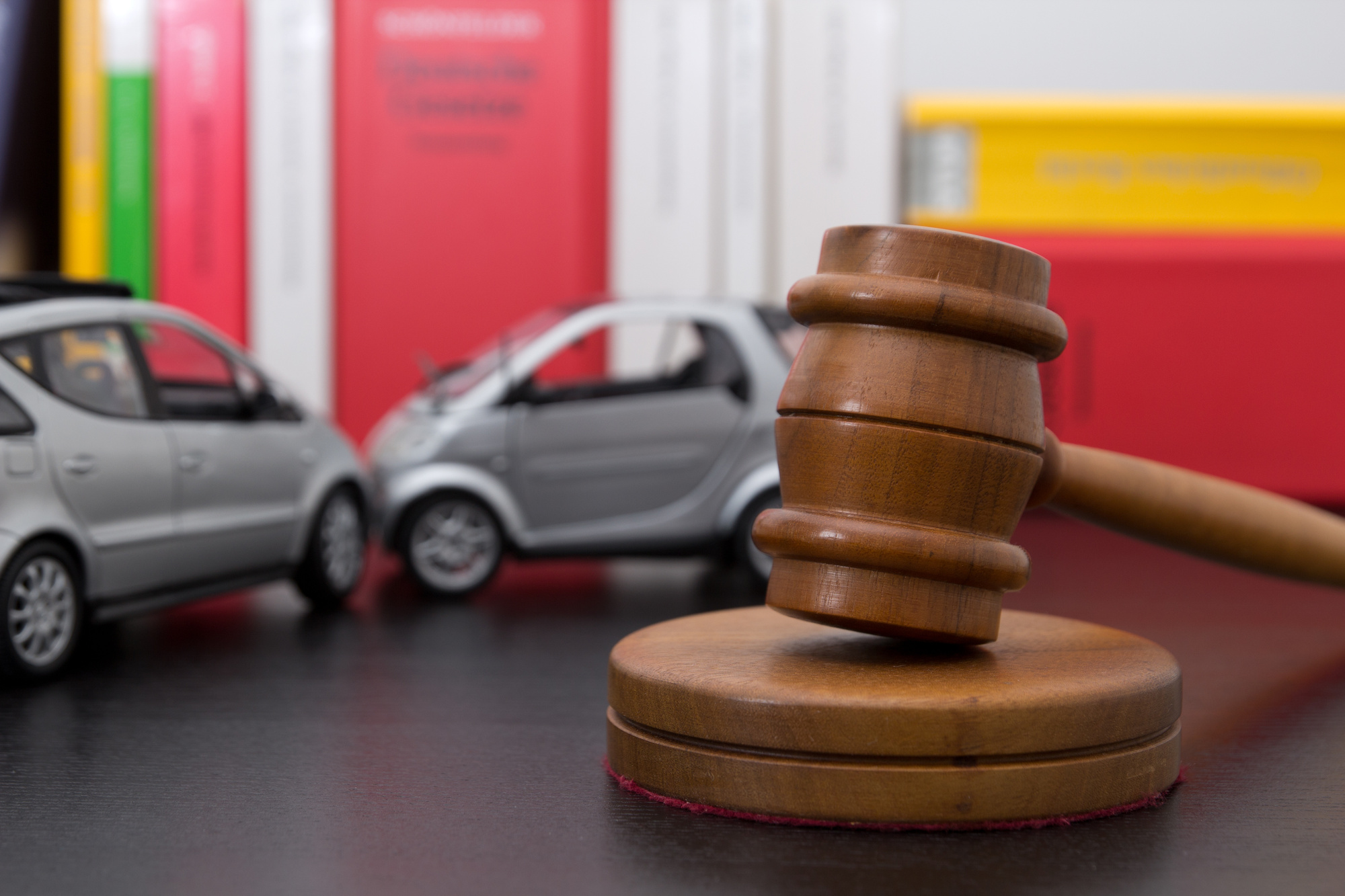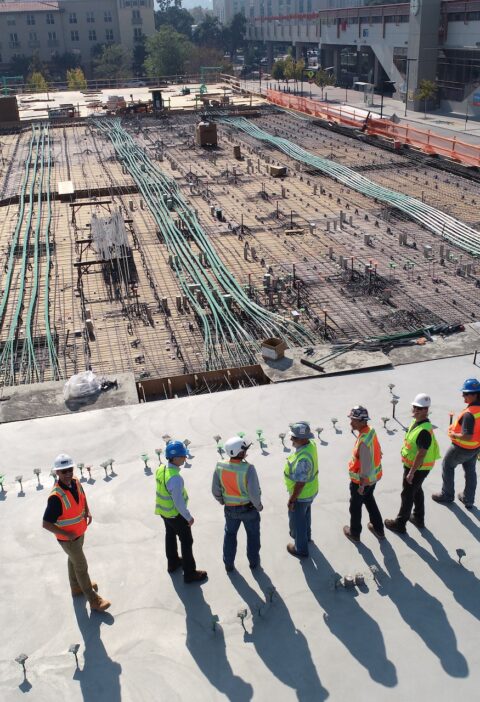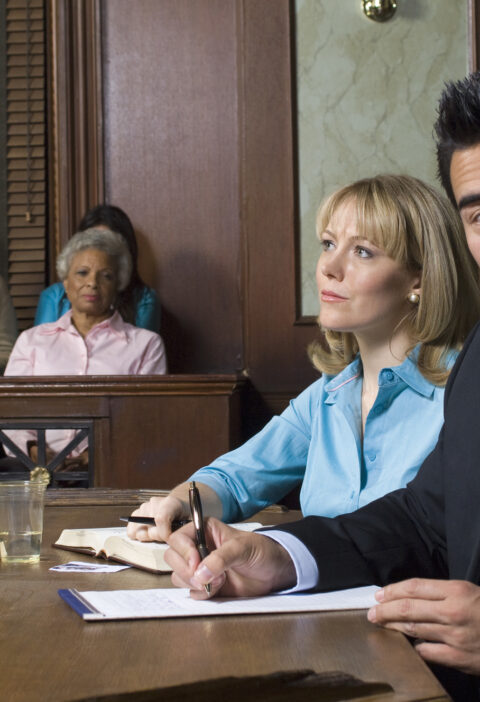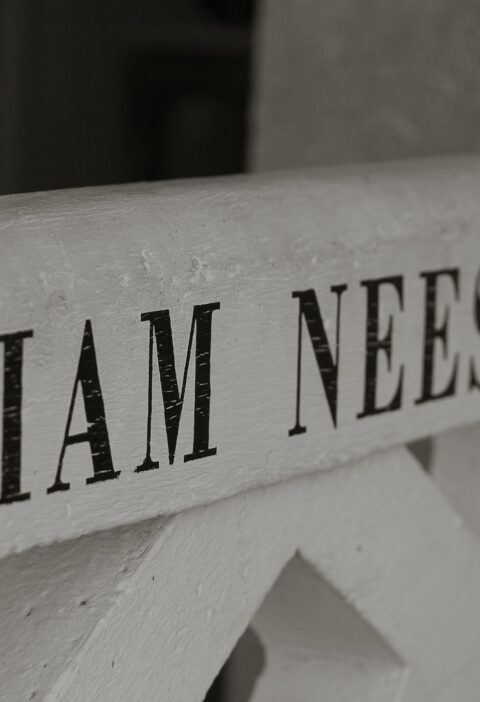The role of law enforcement officials is to maintain public safety, enforce laws and assist citizens in times of need. But when it comes to traffic accidents, their job goes beyond just responding to the scene and ensuring that everyone is safe. Police officers also play a crucial role in determining fault in an accident.
Let’s explore the process of how do police determine fault in an accident and the key factors that influence their decision.
Gathering Information
How do police determine fault in an accident? The first step is gathering information. When they arrive at the scene, police officers will assess the situation and take detailed notes about what happened. They will also speak to all parties involved, including drivers, passengers, and witnesses.
During this process, officers will gather crucial pieces of information such as:
- Names and contact information
- Vehicle descriptions
- License plate numbers
- Insurance information
- Statements from each party
- Witness testimonies
All of this information is crucial in understanding the sequence of events and determining fault.
Documentation
The next step in a police accident investigation is documenting the accident. Here’s how:
Police Report
The officers will compile a report that includes all gathered information, observations, and initial determinations of fault. This report will serve as an official record of the accident and can be used for insurance claims and legal proceedings.
Diagram of the Scene
Officers may also document the accident scene by drawing a diagram. This diagram will show the position of vehicles, any skid marks or debris on the road, and other relevant details.
Fault Determination Factors
After gathering information and documenting the accident, police officers will use various factors to determine fault. These may include:
Traffic Laws
Police officers know traffic laws and use them to find out who is at fault. For example, if a driver runs a red light, they will likely be at fault for the accident.
Vehicle Damage
The extent of damage to each vehicle can help determine fault. The location and severity of damages offer clues about how the accident occurred and who may be at fault.
Street Conditions
Weather and road conditions can impact accident outcomes. Rain or snow can reduce visibility or make vehicle control difficult, affecting fault.
Applying Legal Standards
Depending on the jurisdiction, specific legal standards or rules are used to determine fault. For instance, Arizona car accident law may use different legal standards than California car accident law. Police officers must be familiar with these standards and apply them appropriately when determining fault.
Comparative Negligence
Sometimes, both sides share the blame for an accident. This is called comparative negligence.
It affects who is responsible and how much they pay. Police look at what each person did and assign a fault percentage to each.
Final Determination
After reviewing an accident, police officers determine fault, which can affect who pays for damages or faces charges. However, their decision isn’t always final. Insurance companies, lawyers, and courts might also investigate and make their own decisions.
How Do Police Determine Fault in an Accident? Discover the Process with this Guide
Understanding how do police determine fault in an accident can help those involved be better prepared and work with officers. Police officers figure out who is at fault to make sure justice is done. Remember, their goal is to keep everyone safe, not just to assign blame. So if you are in a car accident, trust the process and work with the police to find out who is at fault.
Is this article helpful? Keep reading our blog for more.







